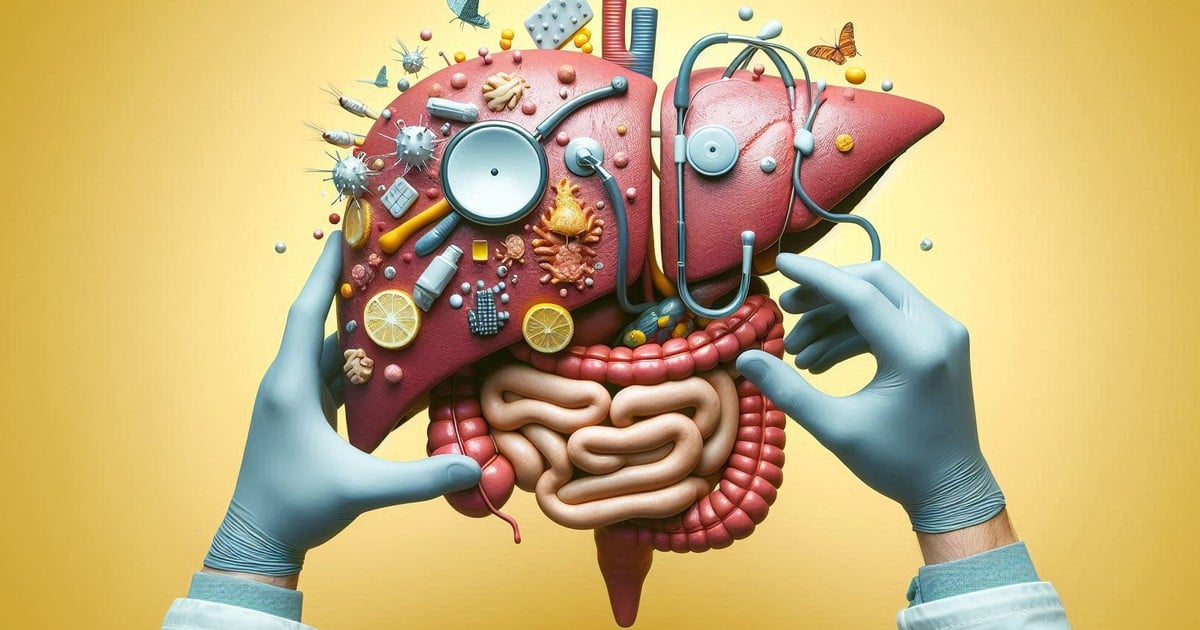Medical news on July 29: Extension of more than 600 types of medicines for bidding
The Ministry of Health has extended the registration certificates for 626 types of drugs, including many proprietary drugs and bioequivalent drugs, to serve the bidding and procurement of drugs for disease prevention and treatment.
Many medicines are extended
Specifically, the Drug Administration of Vietnam, Ministry of Health has just extended 626 types of drugs, of which 425 types are extended for 5 years, 156 types are extended for 3 years and 45 types are extended until December 31, 2025.
 |
| Illustration photo. |
The types of drugs and generic drugs whose registration numbers have been extended in recent times are quite diverse in terms of pharmacological effects, including drugs for treating cancer, cardiovascular disease, hypertension, diabetes, antiviral drugs, drugs for treating respiratory diseases, antibiotics, antipyretics, analgesics, other common anti-inflammatory drugs, etc., and vaccines and biological products that are in high demand for use in medical examination and treatment and disease prevention.
As of May 2024, the Ministry of Health has processed 666 drug import license applications, 3,641 applications for import licenses for raw materials, packaging, and capsules; announced 14 extensions of registration validity for 13,202 drugs and drug ingredients according to Resolution 80 of the National Assembly. Thereby, maintaining over 22,000 drugs with valid registration certificates for about 800 active ingredients of all kinds.
The Ministry of Health requires that drug manufacturing and registration establishments are responsible for manufacturing drugs in accordance with the records and documents registered with the Ministry of Health and must print the registration number issued by the Vietnamese Ministry of Health on the drug label.
Specially controlled drugs may only be produced and circulated when there is a Certificate of Eligibility for Pharmaceutical Business. The scope of trading in specially controlled drugs must be consistent with the scope of operation of the facility that meets the regulations.
At the same time, update drug labels, drug instructions as prescribed and drug instructions within 6 months.
The Ministry of Health also requires drug manufacturing and registration facilities to coordinate with treatment facilities to comply with current regulations on prescription drugs, monitor the safety, effectiveness, and adverse effects of drugs on humans, and synthesize and report according to regulations.
Drug registration facilities must ensure that operating conditions are maintained during the validity period of the drug and drug ingredient circulation registration certificate.
In case the registration facility no longer meets the operating conditions, it must be responsible for changing the registration facility according to the provisions of Circular No. 08/2022/TT-BYT within 30 days from the date the registration facility no longer meets the operating conditions.
Drug manufacturing facilities must ensure the operating conditions of the manufacturing facility during the validity period of the drug and drug ingredient circulation registration certificate.
More than 25,000 new cases and deaths from liver cancer each year
Prof. Dr. Le Trung Hai, President of the Vietnam Liver and Biliary Association, Vietnam Hepatobiliary and Pancreatic Surgery Association, said that in our country, hepatocellular carcinoma is the leading cause of cancer-related deaths with the number of new cases and deaths each year being over 25,000 cases.
The main causes of hepatocellular carcinoma are high rates of HBV and hepatitis C as well as heavy alcohol consumption and other causes.
Cirrhosis is also a common incurable disease caused by viral hepatitis and excessive alcohol consumption. These diseases are a burden and challenge in the prevention and treatment of hepatitis, cirrhosis, and liver cancer in Vietnam.
By preventing and treating hepatitis B and hepatitis C well, limiting alcohol, screening, early diagnosis, connecting multiple specialties to treat liver cancer in a multi-modal manner, combining traditional medicine in treating cirrhosis, along with applying new advances will bring positive results, aiming to eliminate hepatitis (no longer threatening public health). Thereby limiting cirrhosis, pushing back liver cancer, helping to reduce the burden of liver cancer, hepatitis and cirrhosis in Vietnam.
Regarding chronic hepatitis B, according to experts, chronic viral hepatitis B remains a burden on global health with the rate of chronic hepatitis B virus infection reaching 296 million people, mainly concentrated in the Western Pacific region, including Vietnam.
The number of people infected with hepatitis B who are diagnosed and treated is still low, so the rate of complications such as cirrhosis and liver cancer as well as deaths related to hepatitis B is still very high.
To optimize the management of chronic hepatitis B, efforts should be made to prevent exposure, educate people to prevent horizontal transmission, identify patients based on national screening programs, and expand treatment initiation criteria to those in need.
At the same time, we need to support costs through health insurance policies and affordable drugs so that patients can access treatment. In addition, we need new drugs or combinations to cure hepatitis B virus.
Nearly 50 tourists suspected of food poisoning
The Department of Health of Binh Thuan province said that the unit has just sent a report to the People's Committee of Binh Thuan province, information about the suspected food poisoning case that caused 48 tourists to be hospitalized for emergency treatment.
On July 26, a group of 182 tourists traveled and stayed at T. Resort (Mui Ne Ward, Phan Thiet City). On the morning of July 27, the group had breakfast at the resort. At noon of the same day, the group also had lunch at the resort.
Around early afternoon of the same day, some tourists in the group showed signs of stomachache and vomiting, so their friends took them to An Phuoc General Hospital (Phan Thiet City) for emergency treatment. As of 9:00 a.m. on July 28, a total of 48 tourists had to be hospitalized for treatment.
By the afternoon of July 28, 43 tourists were in stable health and discharged from the hospital, while the remaining 5 people were being treated.
After receiving the information, Binh Thuan Department of Health organized 3 working groups to investigate and handle the case. The inspection team took food samples at the place where the tourists ate and drank to test and evaluate food safety indicators.
The cause of the suspected poisoning is currently being investigated and clarified by the authorities.
Regarding the risk of food poisoning in the summer, the leader of the Department of Food Safety, Ministry of Health pointed out that the main cause is due to favorable weather conditions for the development of pathogenic bacteria, especially bacteria causing intestinal diseases, animals and plants containing natural toxins (poisonous mushrooms, insects, trees, wild fruits, aquatic products, etc.); environmental pollution and lack of clean water for processing and cleaning utensils.
In addition, improper food processing and preservation, along with the lack of awareness of compliance with food safety laws of some production and processing establishments...
A typical example is the poisoning incident that occurred in March 2024 at Tram Anh Chicken Rice Restaurant (Nha Trang City), causing 369 people to go to medical facilities for examination and treatment. After the incident, despite efforts, the authorities were unable to find the food that caused the poisoning.
According to experts, cases of diarrhea, digestive disorders, and food poisoning are often caused by bacteria such as Salmonella, Botulinum, E. Coli, Campylobacter, Listeria, etc.
Specifically, E.coli bacteria cause intestinal diseases and diarrhea; Salmonella bacteria cause typhoid; Staphylococcus aureus bacteria cause pus in wounds; Vibrio cholerae bacteria cause cholera...
Of these, food poisoning caused by Clostridium botulinum is the most frightening. This is an anaerobic bacteria (develops without oxygen), and exists in canned foods that are not properly preserved. Clostridium botulinum has extremely strong exotoxins, especially affecting the nervous system, and can cause death.


































![[Photo] "Beauties" participate in the parade rehearsal at Bien Hoa airport](https://vstatic.vietnam.vn/vietnam/resource/IMAGE/2025/4/11/155502af3384431e918de0e2e585d13a)



























































Comment (0)